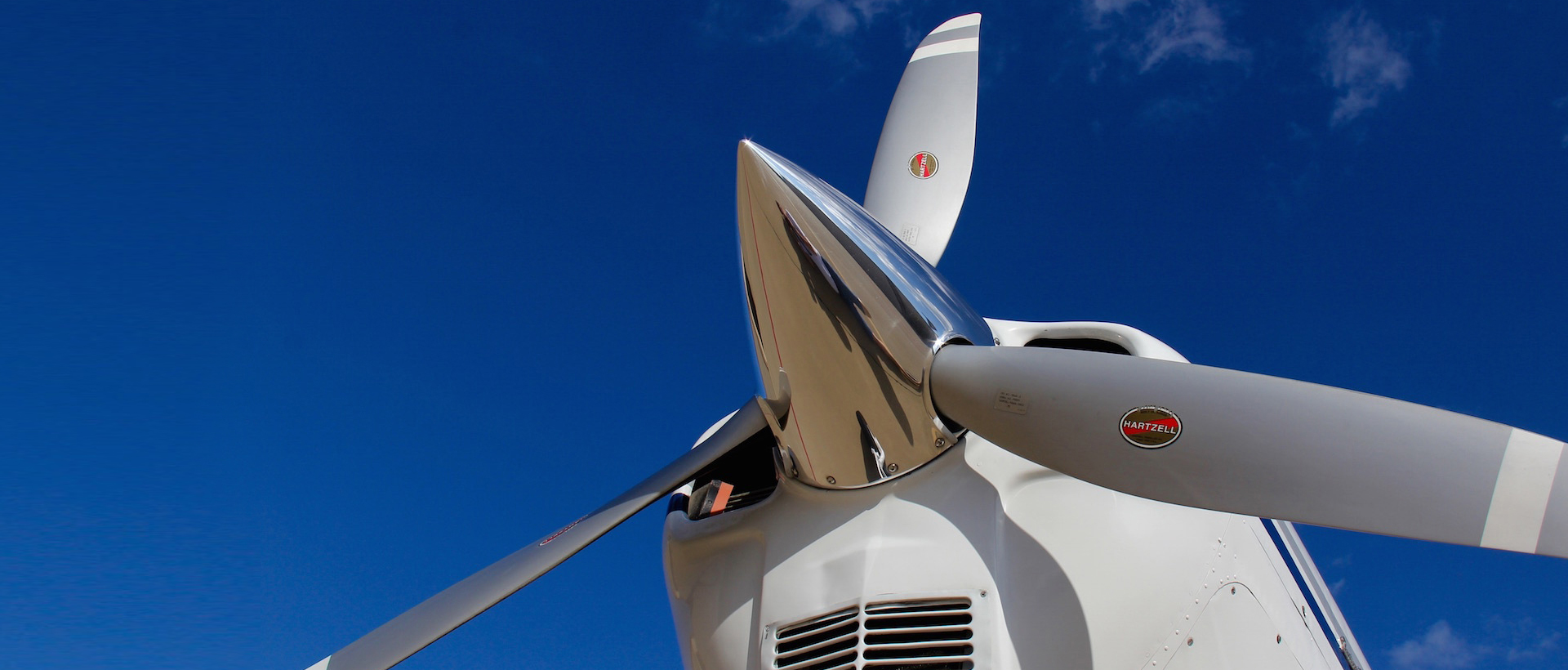
Fundamental reasons to do aircraft maintenance before a flight
Safety inspections are conducted regularly to ensure that components and aircraft parts are in good working order. The primary goal is to keep the aircraft in optimum condition to prevent any form of breakdown that might lead to an accident.
Inspections of planes-
Airframe and engine components inspections may range from simple pre-flight checks to more extensive examinations. More in-depth assessments may be undertaken at any time, depending on the kind of aircraft and the type of activities being performed. Inspections should be performed at intervals suggested or established by the manufacturer.
Calendar inspection methods are prevalent; however, flight-hour-based scheduling may be preferable. Now, all these terms we are using will not make sense to any average individuals but for someone who owns any aircraft or those who have any company where any upcoming flight has been scheduled, they should know about these.
Knowing about these won’t work as well, but hiring professionals who can do the aircraft maintenance tasks like fractional jet ownership costs will come handy.
To ensure your safety, here are the things to look out for.
The fuselage and hull of the aircraft
Cockpit and habitation
Engine and nacelle, which are utilized to house the machine.
It is crucial to have proper landing gear.
Aircraft’s wing and central portion
Tail or aft section
Propellers
Navigational and communication devices and supplies
Control of Aviation Critical Safety Items
Other items, such as autopilot systems, emergency, and first aid supplies, parachutes, life rafts, and so on
Due to their connection to US military and defense organizations, critical safety items (CSIs) must be subjected to even more stringent inspections. To be specific, they pertain to components and systems on airplanes that might lead to:
Systems that fail critically-
The risk of severe physical harm or death
Unplanned engine shutdowns